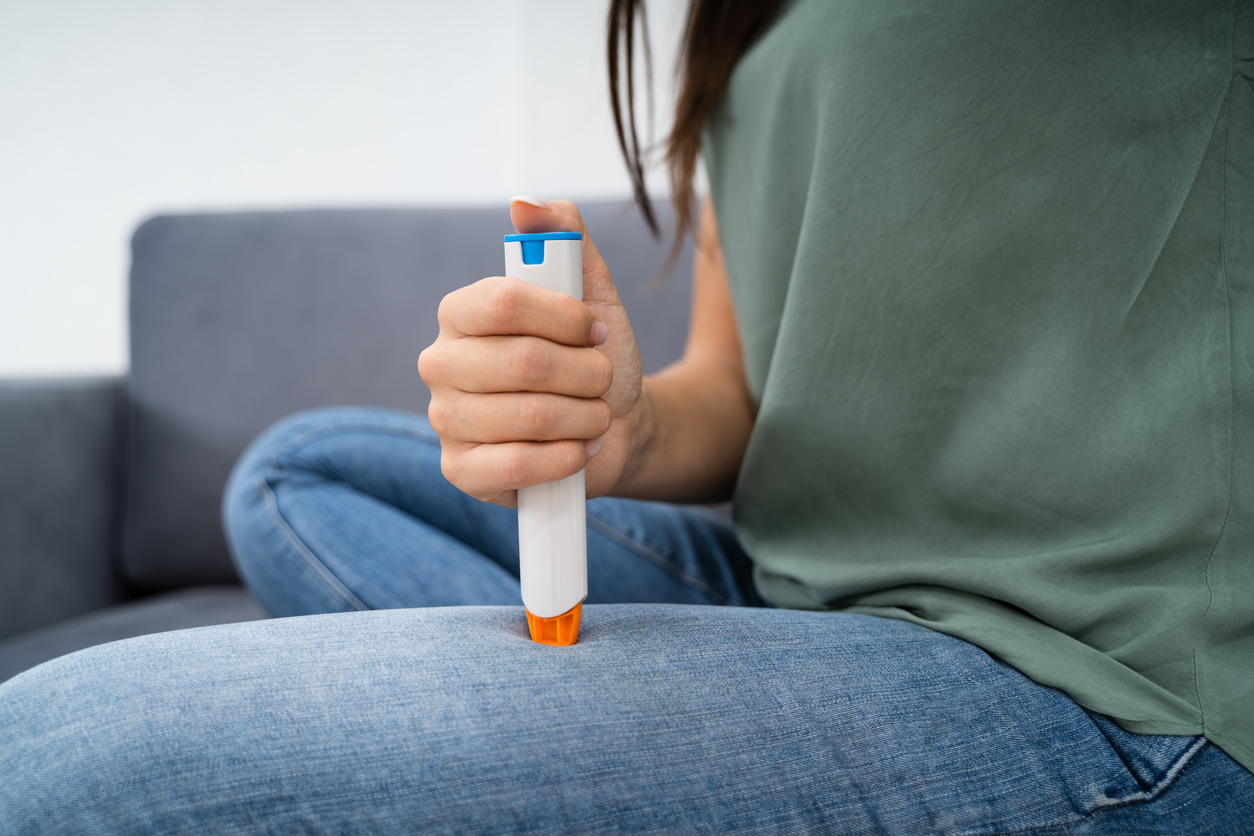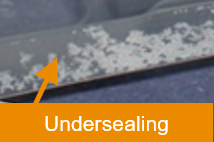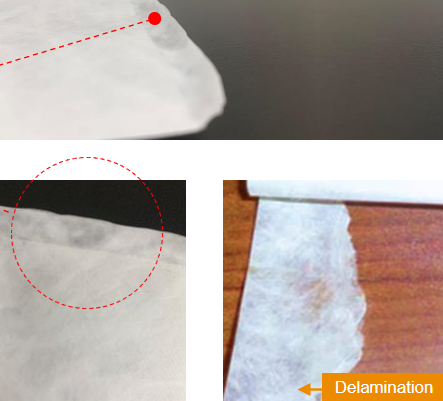Recently Published Articles

Top 5 Life-Enhancing Medical Devices
Chloe Adams
Education
Trending Topics
Medical Device
— 2 minute read
.png)
Peeling Back the Mystery: Industry Perspectives on Single versus Double Sterile Barrier Systems
Oliver Healthcare Packaging
Regulations and Standards
— 5 minute read
Contact Us
CONTACT US
CHAT




-2.png)

